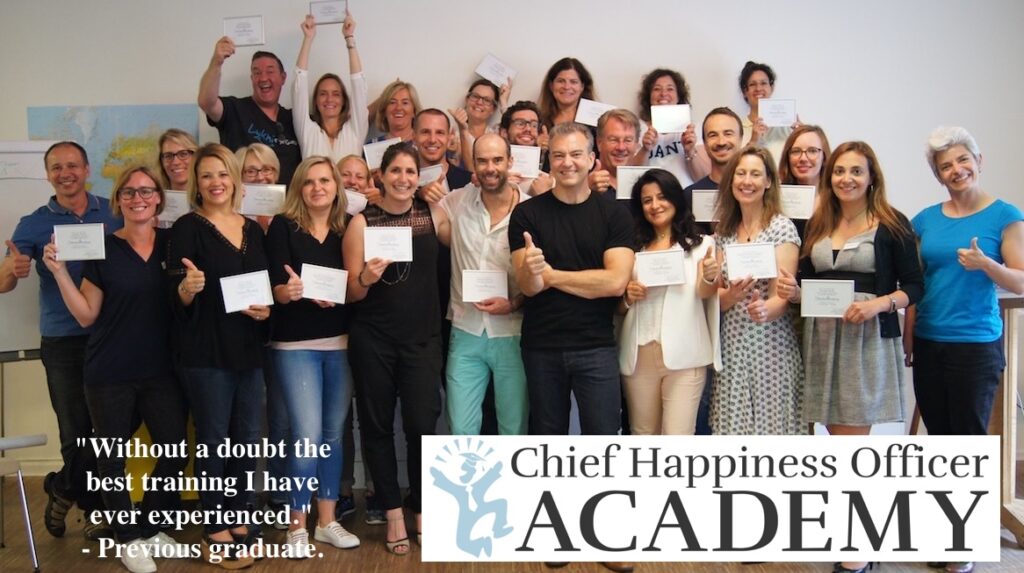Corporate culture and spirituality may look like strange bedfellows, but with the increasing awareness in businesses today on the importance of fostering personal development and excellence on the job, a spiritual focus is not a surprising development.
Spirituality can be many things to many people, but to me it is a tool to get to know yourself, to improve your understanding of the world and to become happier. And these aims make a lot of sense at work.
That’s why I think the 2004 conference on Corporate Culture and Spirituality looks very interesting. It’s held this year in Bangalore, India, and aims to:
* Challenge the general perception about business & spirituality as dichotomous areas
* Enhance the value and efficacy of conventional management practices by partnering with spirituality
* Evolve a larger joint-role for corporate and spiritual leaders in addressing complex global issues like terrorism, corruption and poverty
* Develop business models that create and sustain inspirational communication and bonds within organizations
Which sounds pretty good to me. With sessions like “Maximizing Ethics and Profits”, “Persevering Excellence amidst the Chaos of Change” and “The Bottom Line, a Perspective in Time” it looks like the conference is firmly anchored in the current needs of organizations worldwide.
The conference was held for the first time last year and was a great success. In 2003 it was mostly attended by indian business leaders, this year the focus will be more international. The conference fee is 700 euros, which isn’t too steep for a 3 day conference aimed at top executives.
I’m going to Goa, India in September for the Open Space on Open Space conferece, and now it looks like I’ll have to seriously consider going to India twice in two months.
